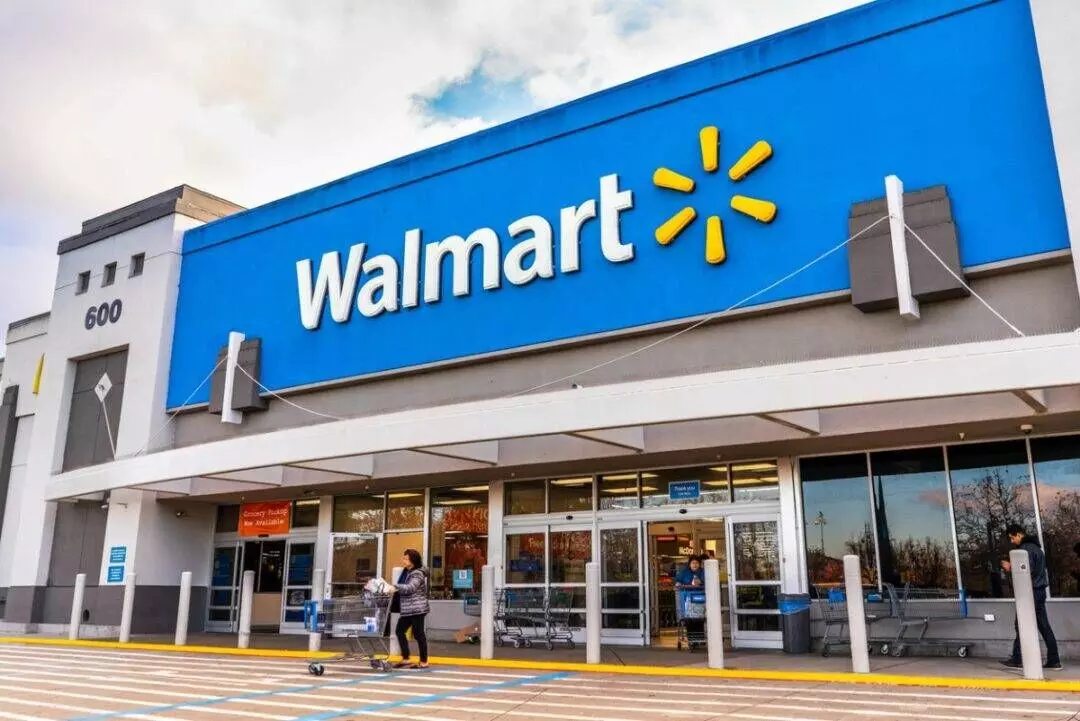Walmart’s Quick-Commerce Bet in India Pressures International Profit Margins
Walmart’s aggressive investments in 15-minute delivery networks for Flipkart and Myntra are denting its global margins. Despite the financial strain, the company maintains its focus on securing long-term market leadership in India’s fast-growing quick-commerce sector.
image for illustrative purpose

Margin Pressure Evident in Q2 Results
Walmart International reported a dip in its gross profit rate during the June quarter. CFO John David Rainey cited “continued pressure from channel and format mix” and “strategic investments in price across markets and our quick commerce capabilities in India.” These fast-delivery investments are starting to show in financial results.
Expanding Quick-Commerce Infrastructure
Walmart has rolled out 300 micro-fulfillment centers (MFCs) for Flipkart, enabling under-15-minute deliveries, and 60 MFCs for Myntra, supporting deliveries in under 30 minutes.
Substantial Capital Infusions
The rapid scaling of infrastructure has been fueled by significant funding: Flipkart raised ₹2,225 crore (approx. $262 million) in May 2025, following earlier infusions in 2024. Meanwhile, Myntra received $125 million from its parent.
Aggressive Growth vs. Profitability Strategy
Walmart International CEO Kathryn McLay emphasized that gaining market share in India takes precedence over short-term profitability. This strategy is vital in the $1 trillion e-commerce opportunity India presents.
Managing Expansion to Limit Burn
To control operational costs and manage burn rates, Flipkart is scaling back its quick-commerce expansion to just the top six to eight cities, rather than a nationwide rollout.
Pivoting Toward Greater Efficiency
Flipkart Minutes is now leveraging the parent platform’s richer product catalogue to boost average order values (AOVs) and drive profitability through improved customer transaction sizes.
Context: The Quick Commerce Boom—and Its Risks
Quick commerce now accounts for approximately 20% of India’s e-commerce market, growing around 50% annually. While the segment presents massive opportunity, critics like TVS Capital’s chairman have questioned its long-term sustainability, calling the frenzy “a passing fad” driven by aggressive VC funding.

